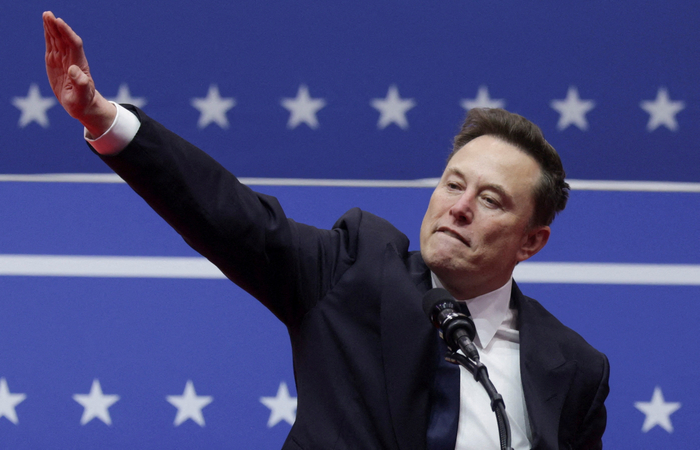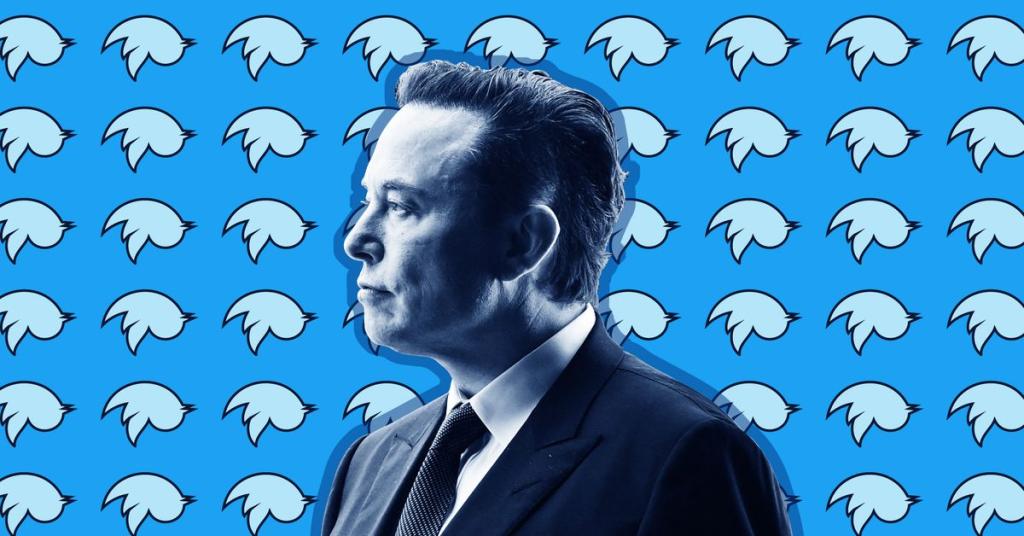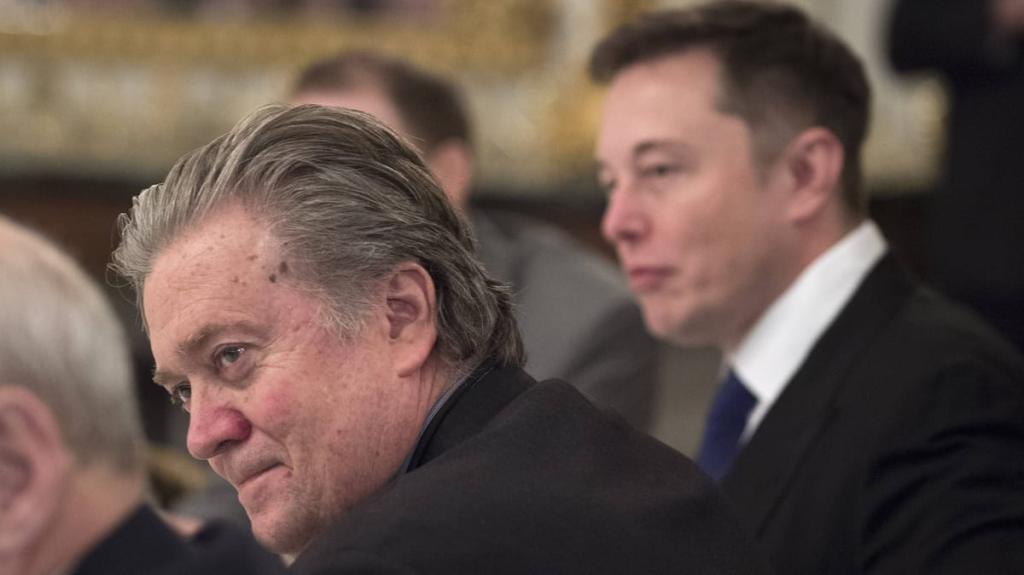Kadyrov's Cybertruck Display Raises Ethical Tech Concerns
Ramzan Kadyrov's flashy Cybertruck display blurs the line between technology and warfare, raising crucial questions about ethics and innovation in conflict.
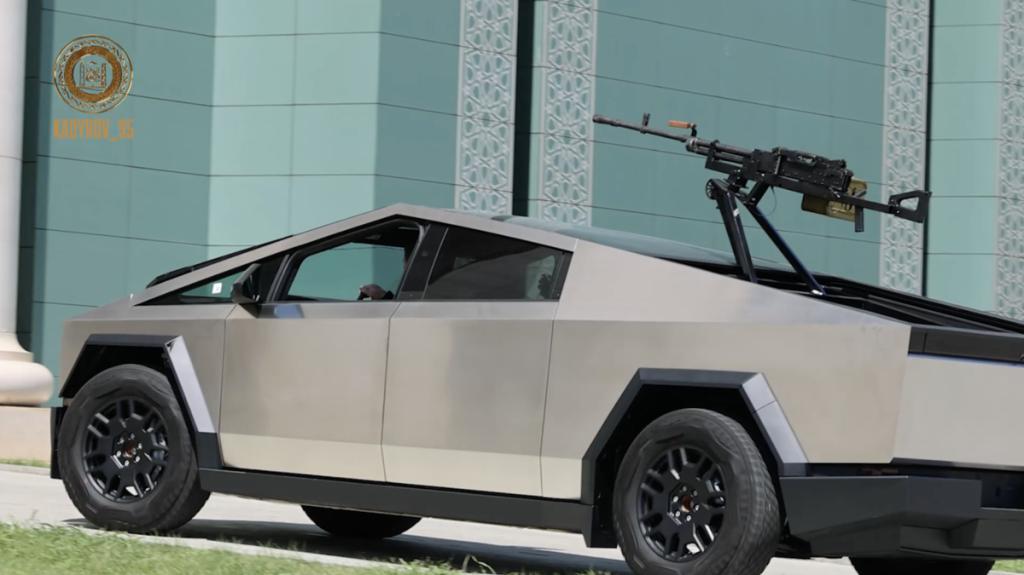
Key Points
- Kadyrov's showcase of the Tesla Cybertruck
as a military asset exemplifies the controversial fusion of technology and warfare.
- Despite sanctions, the incident highlights the ability of powerful figures in Russia to access luxury Western products.
- This raises ethical questions about corporate responsibility and the unintended consequences of technological innovations in conflict.
In the world of electric vehicles, the Tesla Cybertruck has drawn attention not just for its unique design and impressive capabilities, but also for the controversial figures who have taken an interest in it. Recently, Chechen leader
showcased a Cybertruck—allegedly gifted by Tesla's CEO
—equipped with a machine gun. This spectacle raises numerous questions about the implications of such endorsements and the intertwining of business with political agendas.
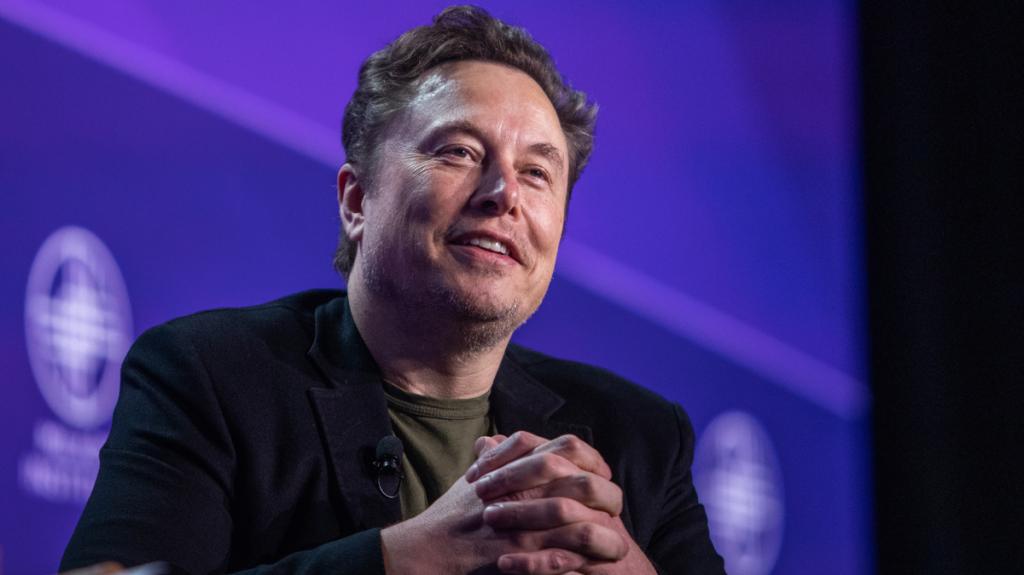
Kadyrov's Grandstanding and the Global Response
Kadyrov's use of the Cybertruck in a video posted to his Telegram channel, where he expresses his gratitude toward Elon Musk, paints a vivid picture of a leader combining military bravado with contemporary technology. He described the vehicle as "undoubtedly one of the best cars in the world" while showcasing its modifications for combat scenarios. This opportunistic display serves not only as a personal endorsement but also as a statement meant to bolster the morale of Russian troops engaged in the ongoing conflict in Ukraine.
However, such actions have attracted international scrutiny. Kadyrov, a controversial figure known for his close ties to
and a history of human rights violations, has been sanctioned by the U.S. and the EU. Despite these sanctions, the portrayal of the Cybertruck as a valuable military asset presents an intriguing contradiction: the ability of influential figures within Russia to procure luxury Western goods despite international restrictions.

The Cybertruck's Unique Appeal
The Tesla Cybertruck is engineered with features that support its image as a robust and resilient vehicle. Its exoskeleton is made from ultra-hard 30X stainless steel and armored glass, designed to absorb impact and mitigate damage. These traits may explain Kadyrov’s claim about its anticipated utility in combat situations. The juxtaposition of military hardware and cutting-edge vehicle technology reflects a burgeoning trend where technological advancements are increasingly being adopted in military operations.
Yet, the endorsement from Kadyrov begs the question of whether the Cybertruck's capabilities are truly aligned with its potential use in warfare. Kadyrov's rhetoric, laden with hyperbole, highlights an attempt to merge the excitement of technological innovation with the harsh realities of conflict. There is an inherent danger in this conflation, especially for a product that, while innovative, was not designed for military applications.

The Broader Implications of Kadyrov's Actions
Kadyrov's demonstration represents a broader commentary on how political figures can leverage private sector innovations for their agendas. Musk's response—or lack thereof—raises concerns about corporate accountability and the ethical implications of corporate leaders’ involvement in global conflicts. As consumers, we must question the ramifications of our purchases in a global context. Are we unwittingly supporting regimes that may misuse our investments?
Moreover, Kadyrov's enthusiastic invitation to Musk to visit
underscores the delicate dance between power, privilege, and public perception. While Musk's extensive innovations may offer significant benefits globally, his association with figures like Kadyrov places a spotlight on the potential for such technology to be appropriated for nefarious purposes.
The episode ultimately serves as a reminder of the complex interplay between technology, politics, and ethics in contemporary society. It invites us to reflect on how innovation can be wielded by leaders in varying contexts—both constructive and destructive—and challenges us to remain vigilant as technologically advanced tools become increasingly integrated into the fabric of global conflict.
This situation compels us to reconsider not only the vehicles we champion but also the systems we enable with our choices. As we witness the ongoing evolution of electric vehicles amidst a backdrop of war, it becomes clear that the future of technology is laden with responsibility, urging us to advocate for its use in ways that promote peace rather than conflict.
